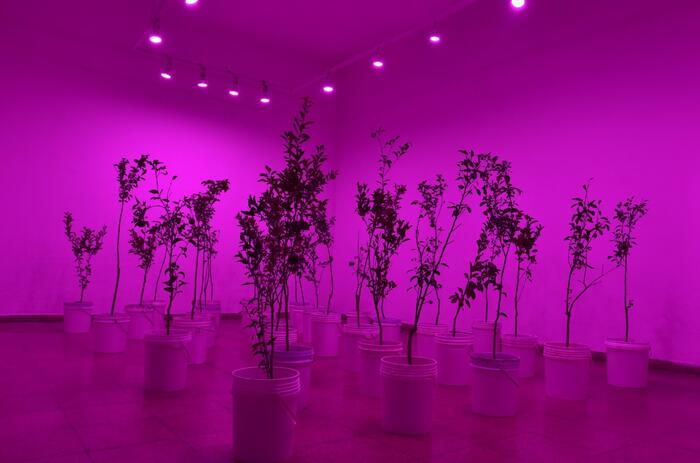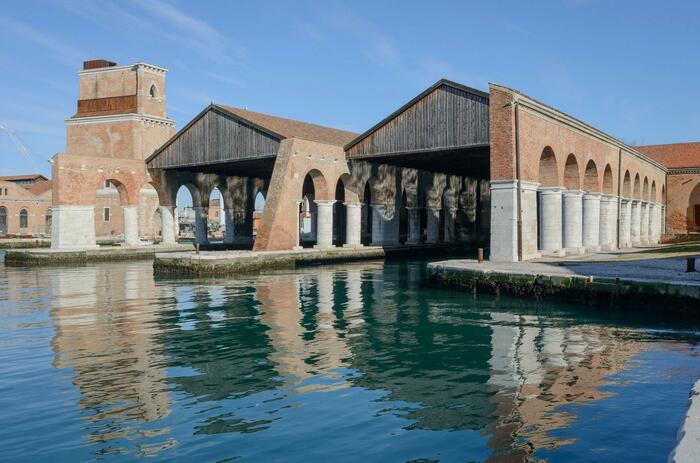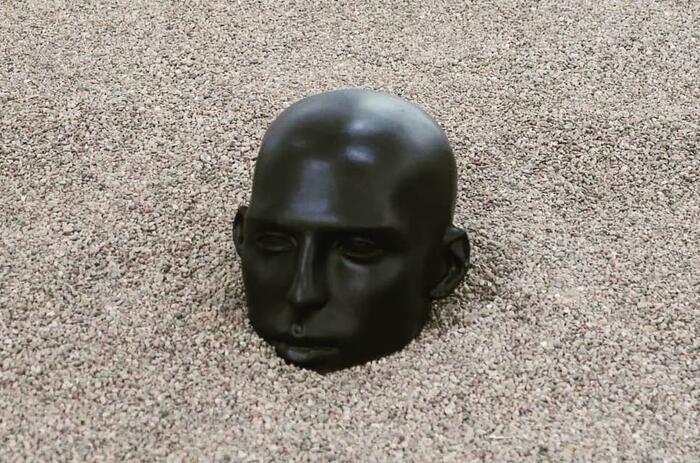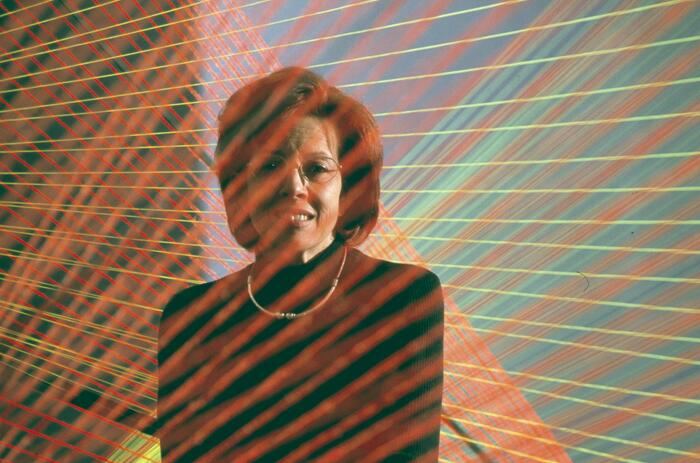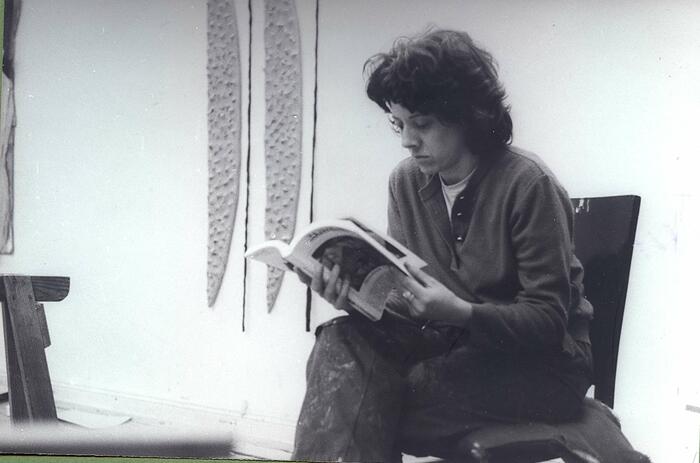THE “BIENNIAL WITHOUT PUBLIC” (2020) IN SANTA CRUZ AND AN OUTLINED PATH (PART 1)
If the São Paulo Biennial in Brazil once had what was called the “Biennial of the void” (2008), it could be said, bridging the gap, that Santa Cruz de la Sierra involuntarily experienced the “Biennial without an audience” (2020).
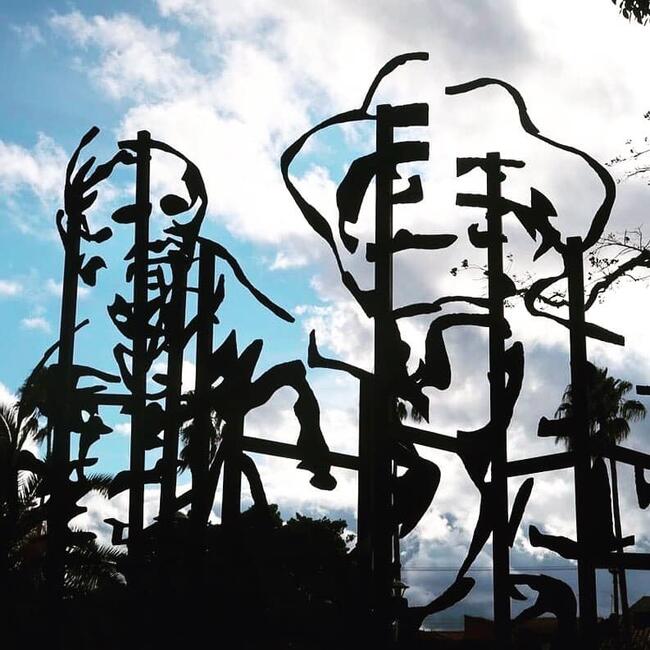
The Biennale without an audience
The XXI International Art Biennial of Santa Cruz, The Public: Outside the White Cube (2019-2020), was by far the most dramatic from the point of view of its management and execution. In between, the change of government due to the resignation of a President of the State and a global pandemic crossed. The curatorship in charge of Kiosko Galería proposed it as an overflow of the traditional exhibition halls towards the street, so that the selected works would generate a dialogue with the city and resignify the experience of the intervened spaces. However, it was the biennial itself that was resignified by an external event, we are referring to the arrival of COVID-19 in Bolivia, just one week after the inaugural acts ended in March 2020. This involuntary resignification made the XXI Biennial of Art dedicated to "the public" into something closer to the "Biennial without public"; In conceptual terms, it could be speculated that this turn was even more avant-garde than the so-called “Biennial of the Void” in Brazil curated by Ivo Mezquita.
Briefly reviewing what happened, in March a rigid quarantine was decreed at the national level; the idea of strolling around the city became a fantasy. The winning works, located in public spaces, had been limited to the interior of the Casco Viejo until they bordered the first ring. It was an ideal biennial for ordinary citizens, a premise that lost its meaning once the streets were closed. Fortunately, in April, weekly morning outings began to be allowed according to card number, to stock up on shops and supermarkets. Those days, all life seemed intervened by an unusual force that surpassed any avant-garde symbolic intervention. On one of those outings, I visited the city center to arrange mobile banking operations. The entrance to the banks was guarded by officials who looked like astronauts, wrapped in cumbersome white biosafety suits; each user had to go through a kind of sanitary fumigation, including a spin like a Russian ballerina at the entrance. Today that has already been digested, but in those days of 2020 it was worth asking: has the misty future of science fiction movies like Blade Runner already arrived?
-
XXI Bienal Internacional de Arte de Santa Cruz, Lo Público: Fuera de cubo blanco (2019-2020)
-
Graciela Hasper, Untitled, 2020. Paint on wall. 30 x 37 ft. XXI Bienal Internacional De Arte De Santa Cruz De La Sierra, Santa Cruz, Bolivia.
-
Graciela Hasper, Untitled, 2020. Paint on wall. 30 x 37 ft. XXI Bienal Internacional De Arte De Santa Cruz De La Sierra, Santa Cruz, Bolivia.
-
Graciela Hasper, Untitled, 2020. Paint on wall. 30 x 37 ft. XXI Bienal Internacional De Arte De Santa Cruz De La Sierra, Santa Cruz, Bolivia.
-
Tradición Mojón con cara, en una céntrica calle de Santa Cruz de la Sierra // Mojón tradition with face, in an eccentric street of Santa Cruz de la Sierra
Despite the sunny days, life in the city center was strange, opaque, abundant in consideration of social distance. Under the chinstrap, nerves on the surface. The other was experienced as a potential threat. Art as an exhibited object became of little relevance; From the Old World came the first news of art as entertainment in seclusion in houses. This was roughly the framework of the collective state of mind before coming across some of the works in public/private spaces that the XXI Biennial managed and set up with financing from the Mayor's Office: $20,000 for 10 works: 7 by Bolivian artists and 3 by foreigners.
Biennial to read the city
The first consideration of an art biennial is that it is due to the city that supports it. In other words, paraphrasing the curator Justo Pastor Mellado (CHI), there is no biennial without a city that supports it. Mellado emphasizes: “A biennial should be understood as part of a local or regional development plan, which involves the local hotel industry, local gastronomy, packaging companies, photographic supplies, investment in new media, not to mention the educational effect on the vulnerable populations of the territory, and starting to take seriously the activation of the internal market, as well as the promotion of collecting and the consolidation of a country-image manufacturing procedure. All that we can ask of a biennial” [1]. Despite the fact that all this complex framework was lost in 2020 in the haze of the pandemic, what the XXI Biennial did not lose was the property of being a reading device of the city itself, that is, it did not exempt us from reading, but that forced us to read the emptying of the public in the exhibition space as a phenomenon in itself.
At mid-morning on April 28, 2020, I went biking through the Casco Viejo (Old City Center), wanting to also see the award-winning works that were accessible. An imaginary sign hung in the city that read “Out of Service”. El Arenal Park was closed by municipal order. Behind the bars that protect it, two of the outdoor works could be seen: the Yangareko project in the Container by a group that had been invited, Arterias Urbanas, and Tamborita by the sculptor Carlos Paz. They were incomplete works, since there was no artistic experience, precisely because their essence consisted in being subjectivation devices based on the relationship that park visitors established with them. There were works, but there was no “electrical connection” with the present body, or the equivalent of what the researcher Jorge Dubatti calls “theatrical event conviviality”. Further inside, in the same park, the iconic ceramic relief mural by Lorgio Vaca rested, next to the lagoon, isolated and powerless.
Then it was the turn of the Plaza 24 de Septiembre, wrapped in a layer of nostalgia, as if it were being filmed through a misted lens. In the very center something shone like a diamond, it was an intervention to the monument of the historical character Warnes; the invited artist Raquel Schwartz had placed four mirror panels, each 320 x 120 cm, to line the pedestal of that monument, creating a visual effect of transparency in the center of the square, multiplying reflections of trees and the street. That morning a young man sitting on his bicycle was looking at it absorbed; with his mask halfway up, he had the expression of someone who has witnessed a spell. We talked briefly at a distance, I gave him the name of the artist and he was surprised again when he found out that the work was entitled Somos. He commented on his desire to study art at university. Then he followed his path. I was impressed with the certainty that artists cannot resignify spaces on their own, because resignification occurs in the viewer's experience or it does not exist. That is to say, something is resignified only for someone who already had a previous meaning of something.
[1] Justo Pastor Mellado, "The Biennial as an informative acceleration device".

